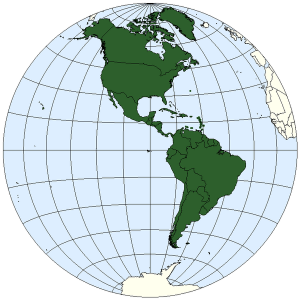By NewsDesk @bactiman63
Dengue fever is an ongoing risk in many parts of Central and South America, Mexico, and the Caribbean, according to the Centers for Disease Control and Prevention (CDC).

Public domain image/ E Pluribus Anthony
According to data from the Pan American Health Organization (PAHO), 2,028,233 total dengue cases have been reported in the Americas, including 753 deaths.
The CDC reports the following 20 countries in the region are reporting higher-than-usual numbers of dengue cases, and travelers visiting these countries may be at increased risk: Argentina, Belize, Bolivia, Brazil, Colombia, Costa Rica, Dominican Republic, Ecuador, El Salvador, French Guiana, Guadeloupe, Guatemala, Honduras, Martinique, Mexico, Nicaragua, Peru, Saint Lucia, Saint Martin and Turks and Caicos Islands.
Travelers to the Americas can protect themselves by preventing mosquito bites: using an EPA-registered insect repellent, wearing long-sleeved shirts and long pants when outdoors, and sleeping in an air-conditioned room or room with window screens or under an insecticide-treated bed net.
CDC Yellow Book 2020: Health Information for International Travel

Dengue is a disease caused by a virus spread through mosquito bites. The disease can take up to 2 weeks to develop with illness generally lasting less than a week.
Health effects from dengue include fever, headache, nausea, vomiting, rash, muscle and joint pain, and minor bleeding.
Dengue can become severe within a few hours. Severe dengue is a medical emergency, usually requiring hospitalization.
In severe cases, health effects can include hemorrhage (uncontrolled bleeding), shock (seriously low blood pressure), organ failure, and death.
- Salmonella outbreak affects 32 in 17 states, Linked to pet hedgehogs
- Pork tapeworm: 1st locally acquired neurocysticercosis case reported in Melbourne, Australia
- Flavivirus vaccines: Researchers one step closer to development
- Watermelon chunks recalled due to Listeria risk, Distributed to Walmart and RaceTrac in 5 states
- Costa Rica COVID-19 update, Agreement for vaccine supplies
- China: H9N2 avian influenza case reported in Guangdong province
- Jamestown Canyon Virus: 4th case reported in New Hampshire



One thought on “Dengue in the Americas: 20 countries reporting higher-than-usual numbers prompting CDC travel notice”